
why is my dog’s skin peeling
If you’re a new dog parent in the US—maybe you’re folding laundry in your New York City apartment and notice white, flaky bits of your 8-month-old Golden Retriever
If you’re a new dog parent in the US—maybe you’re staring at your 2-year-old rescue Lab, Max, in your Arizona apartment, holding a dog toothbrush and worrying: I never brushed his teeth before—did I wait too long? Will he even let me now? It’s a common panic for first-time owners, especially if you adopted an adult dog or skipped puppy dental care. But here’s the good news: It’s almost never too late to start brushing your dog’s teeth. Even adult dogs can learn to tolerate (and even like!) the routine, and it’s one of the best ways to keep their mouths healthy. Let’s break this down with real tips and no stress.
First, let’s keep the science simple: Dogs get plaque (sticky bacteria) on their teeth just like we do. Over time, plaque hardens into tartar, which irritates their gums (called gingivitis) and can lead to tooth loss or even heart issues (bacteria from the mouth spreads to other organs). Puppies have softer teeth, so starting early helps, but adult dogs? Their teeth can still benefit—brushing removes new plaque before it turns to tartar, even if there’s already some buildup. Take Sarah, a first-time owner in Texas: She adopted a 3-year-old Shih Tzu, Bella, who had mild tartar. Her vet said brushing wouldn’t reverse existing tartar (that needed a professional cleaning) but would stop it from getting worse. After 2 months of slow, gentle brushing, Bella’s gums stopped bleeding—and she now wags her tail when Sarah grabs the toothbrush.
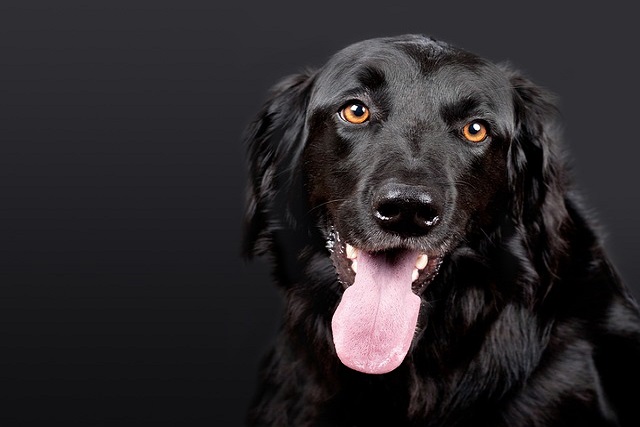
Here’s how to start brushing your dog’s teeth, even if they’re older, step by step: Grab the right tools—dog-specific toothpaste (never human toothpaste! It has fluoride that’s toxic to dogs) in a flavor they love (chicken or peanut butter works magic) and a soft-bristled dog toothbrush or finger brush (easier for nervous dogs). Start slow: For the first 3 days, just hold the toothpaste up to their nose so they sniff and lick it—reward them with a tiny freeze-dried salmon treat after. Next, gently lift their lip and touch their teeth with your finger for 10 seconds—again, treat and praise. Once they’re okay with that, add the toothbrush: Brush just the outer surfaces of their back teeth (that’s where tartar builds most) in small circles, 30 seconds per side. Never force their mouth open or scrub hard—if they pull away, stop and try again later. Positive reinforcement is key; punishment (yelling or holding their head down) goes against US animal welfare norms and will make them fear brushing forever. Aim for 2–3 times a week—even that makes a big difference.
Now, let’s tie in rules and habits that matter. Every US state requires core vaccines (distemper, parvovirus)—regular vet checkups (mandatory for shot updates) are the perfect time to have your dog’s teeth examined. Vets can spot tartar or gum disease early, and some states (like California or New York) consider neglecting dental health a form of animal welfare concern. When you walk your dog (even after a teeth-brushing session), always clean up their poop—cities from Seattle to Boston fine up to $300 for leaving waste, and changes in their poop (like blood) can sometimes link to dental issues (if they’re swallowing bacteria from their mouth). If you live in an apartment, brush your dog’s teeth during quiet hours (like weekday evenings) so their occasional wiggles or licks don’t disturb neighbors. And avoid giving them hard chews (like antlers) to “clean teeth”—they can crack their enamel, making dental problems worse.
Starting to brush your dog’s teeth later in life might take patience, but it’s worth it. With slow steps, tasty toothpaste, and follow-through on local rules, you’ll help keep their mouth healthy—and their tail wagging. Before you know it, Max will be leaning in for his nightly brushing—no more worry, just a happy, healthy pup.

If you’re a new dog parent in the US—maybe you’re folding laundry in your New York City apartment and notice white, flaky bits of your 8-month-old Golden Retriever

If you’re a new dog parent in the US—maybe you’re sitting on your California apartment floor, petting your 7-month-old rescue Corgi, Max, and noticing a patch of his tan fur is gone
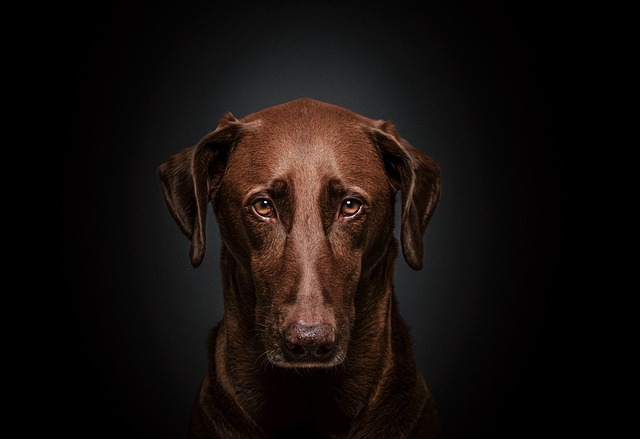
Most dog owners don’t realize tetanus can affect their pups—especially when they’re exploring yards or wooded areas, where small cuts or punctures (from nails, thorns, or even broken glass) are common.
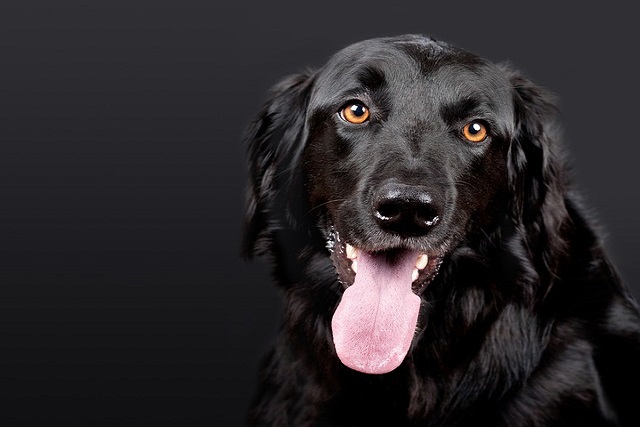
If you’re a new dog parent in the US—maybe you’re standing in your New York City apartment bathroom, towel in hand, staring at your 6-month-old Golden Retriever
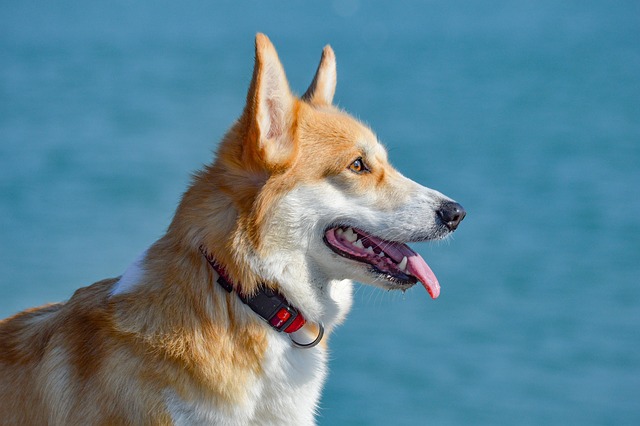
If you’re a new dog parent in the US—maybe you’re kneeling on your California apartment floor, noticing your 8-month-old rescue Pug
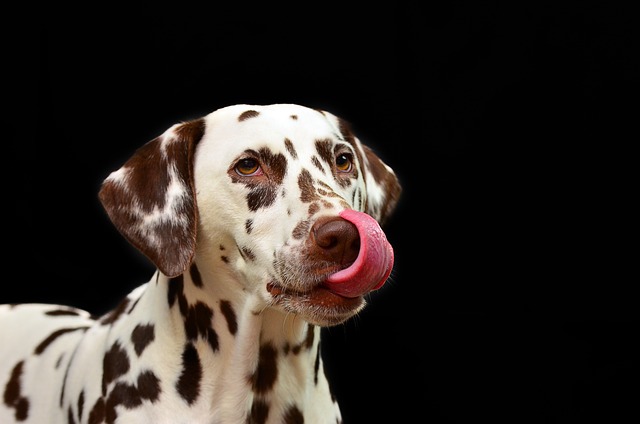
You’ve probably noticed your dog shaking their head more than usual or scratching intensely at their ears—maybe even leaving behind a dark